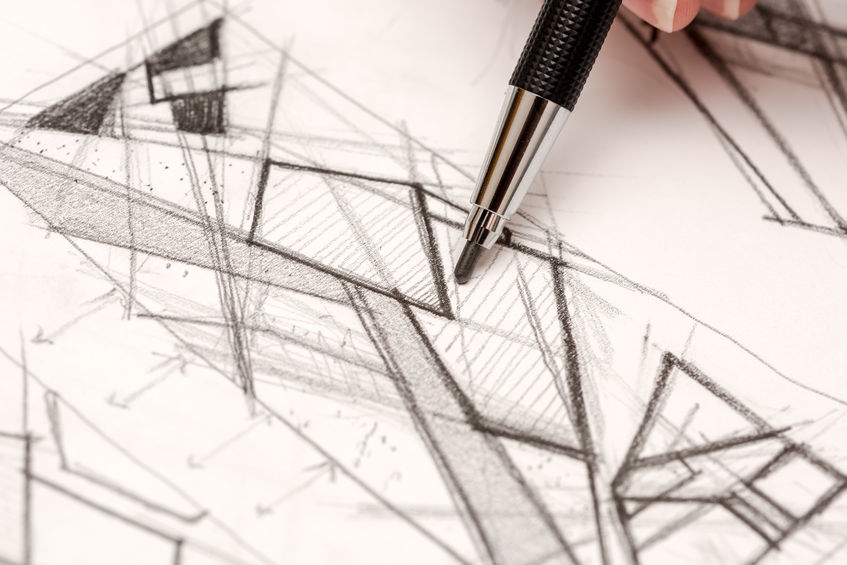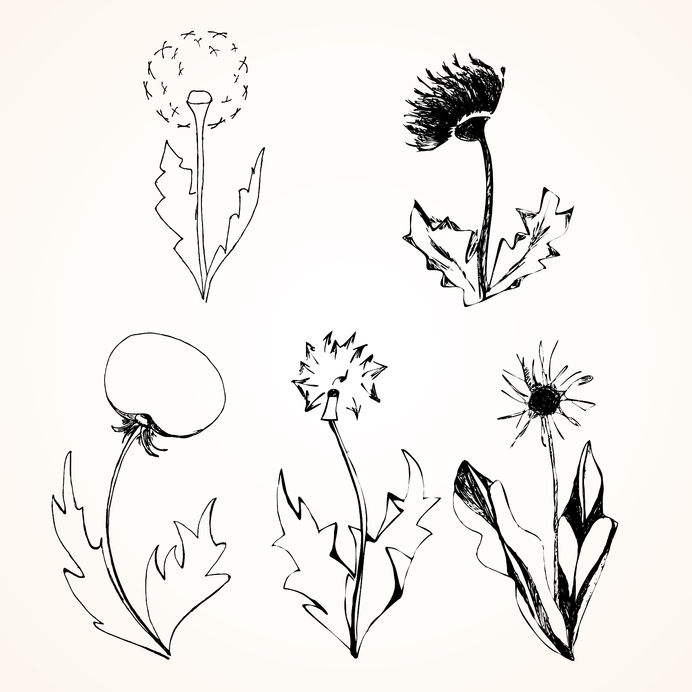Learning How To Draw: Five Simple Exercises For Complete Beginners
Get messy: at home with the kids
Learning How To Draw: Five Simple Exercises For Complete Beginners
I absolutely love to draw. The problem is, I'm no good at it.
My sketches of beloved children's characters will leave you backing slowly away towards the door. I feel like I can capture the spirit of something or someone – perhaps a feeling or an expression. But the finished product is consistently more horror than happiness.
So, clearly, if I'm ever going to be successful at this, I need some help. And if you're in a similar position, and would like some quick tips on how to bring out your inner artist, look no further.
After consulting the experts, here are the five most simple but effective tips to help you go from mess to masterpiece – in an instant.
So, grab your pens and pencils, and sit yourself down at your drawing board, and get ready to begin.
The steps:
1) Shapes
Drawing a circle is never easy. Especially if you're a novice like me. It may sound simple, but a consistent, round shape – or even a straight line! - can actually be pretty difficult to do.
The fact of the matter is, our wrists usually get in the way as soon as we start to try and draw fluidly.
Rather than drawing one line, try drawing lots of little lines instead. A square becomes a square of dotted lines. A circle becomes a circle of dotted lines an so on. This way you have the opportunity to lift your hand up and off the page and back down again whenever you need and you have much more control over the shape.
Afterwards, you can go back over the shape with more dotted lines – this time filling in the gaps of the first lot of lines.
After you practise this for a while, you'll start to be able to create shapes more consistently. Just remember: try not to do this too slowly. The slower your approach, the more time you give your hand to wobble and make mistakes, so keep up the pace.
2) Proportions
As you start to draw faces, animals and characters, proportions become very important. It doesn't have to be realistic, it just has to be in proportion with whatever it is that you're trying to create on the page. Not only is proportion relevant to anatomy but it also helps you to express how the character might be feeling.
Also, it's one thing drawing an animal from one angle. But what about when it moves and changes? Can you draw it consistently from different angles?
Practising this can really help. Use a set of gridlines to workout what area each feature can take up and at what angle it should be at. It's quite common for loveable cartoon characters to start off as a selection of circles and lines on square paper.
Again, the more you practise this, the more confident you will be as you start to progress.
3) Study your subject
Everyone has a particular thing that they love to draw the most. Whether it's people, places, animals or flowers. And if you have a particular passion – mine is faces and expressions – one of the best things you can do is study that particular area.
If you love flowers, study them. What makes each one different. How are they made up and what are all the little details?
If you love animals, study their anatomy. And if you love the human body, try a few life drawing classes to really help you get a feeling for how each part fits together.
4) Practice makes perfect
Whenever I see someone who can draw really well, I always think, " wow, I wish I could do that". The thing is, more often than not, artists have been drawing all their lives. So, they have been practising – through enjoyment and determination – for years and years. So, wanting to pick this level of skill up almost instantly, seems a little impatient.
Find a subject that you love to draw the most and practise it over and over so you can really refine your art. The more you do it, the more you will improve.
5) Find your style
As you grow in confidence, you'll want to start developing your own style. This will really help you make your mark and get more satisfaction out of your own work.
So it's almost like you need to learn the rules before you can break them. But once you have been practising for a little while, play around with your drawings. Change them up, add to them, see what feelings you can portray simply by using different colours and effects.
It'll really add to the experience.
So, as you can see, drawing takes a lot of practise. But if you are willing to put in the hours, you will really be able to reap the benefits. Join a class, get some feedback and keep drawing the things that you love.
Have fun!





